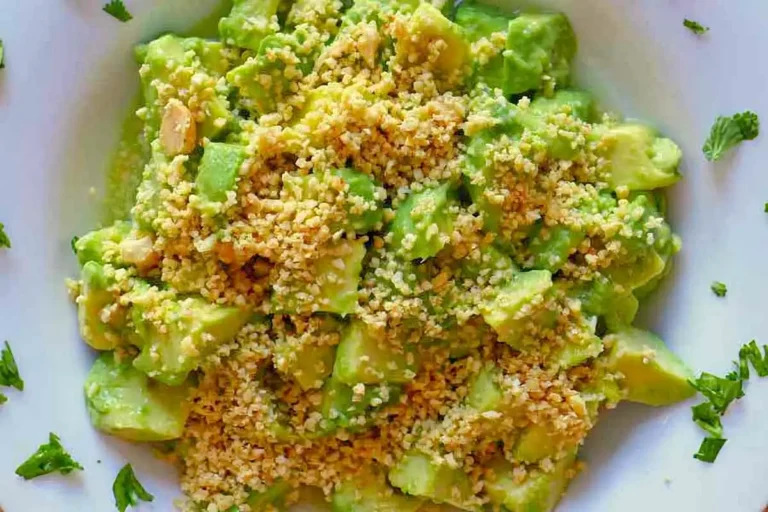Introduction: What is Sishwala?
Sishwala is a traditional South African dish that is a staple food in the southern parts of the country, including Swaziland and Lesotho. It is a porridge-like dish made of maize meal, which is a type of cornmeal that is commonly used in African cuisine. Sishwala is typically served with a variety of sauces and stews, and it is a filling and nutritious meal that has been enjoyed by generations of South Africans.
History and Origin of Sishwala
Sishwala has its roots in the rural communities of Southern Africa, where maize has been a staple crop for centuries. The dish has evolved over time, with different regions and cultures adding their own unique ingredients and cooking methods. In Swaziland, for example, Sishwala is often served with a side of sour milk, while in Lesotho, it is sometimes made with sorghum instead of maize. Despite these regional differences, however, Sishwala remains a beloved dish throughout the region.
Ingredients used in Sishwala
The main ingredient in Sishwala is maize meal, which is boiled in water to form a thick, porridge-like consistency. Other ingredients may include salt, butter, and sugar, depending on the recipe and the region. Sishwala is often served with a variety of sauces and stews, such as tomato and onion relish, meat stews, or vegetable curries. These accompanying dishes provide additional flavor and nutrition to the meal.
Preparation and Cooking of Sishwala
To prepare Sishwala, maize meal is mixed with water in a pot and brought to a boil. The mixture is stirred constantly until it thickens, and then it is allowed to simmer for several minutes until it reaches the desired consistency. Some cooks prefer a thicker porridge, while others may add more water for a thinner consistency. Once the Sishwala is cooked, it is typically poured into a large serving dish and topped with sauce or stew.
Nutritional Value of Sishwala
Sishwala is a highly nutritious meal, as it is low in fat and provides a good source of complex carbohydrates. The maize meal used in Sishwala is also rich in fiber, which helps to promote healthy digestion. Depending on the accompanying sauce or stew, Sishwala may also provide protein and essential vitamins and minerals. This makes Sishwala a popular choice for athletes and other individuals who need to maintain a balanced and healthy diet.
Variations of Sishwala across the Region
As mentioned earlier, there are many variations of Sishwala throughout Southern Africa. Some cooks may add different spices or herbs to the dish, while others may use different types of grains or flours. In some regions, Sishwala is served with meat, while in others, it is strictly a vegetarian dish. Despite these regional differences, however, Sishwala remains a beloved and iconic dish throughout the region.
Serving and Eating Sishwala
Sishwala is typically served family-style, with a large serving dish placed in the center of the table. Guests may use a spoon or their hands to scoop up the porridge and accompanying sauce. Sishwala is often eaten for breakfast, lunch, or dinner, and it is a filling and satisfying meal that provides sustained energy throughout the day.
Conclusion: Importance of Sishwala to the Culture
Sishwala is more than just a dish – it is a symbol of Southern African culture and tradition. It is a meal that has been passed down from generation to generation, and it is a reminder of the importance of community and family. Sishwala is also a testament to the resourcefulness and resilience of the people of Southern Africa, who have been able to create a nutritious and satisfying meal from simple ingredients. Whether eaten in a rural village or a bustling city, Sishwala remains an essential part of the Southern African culinary landscape.

